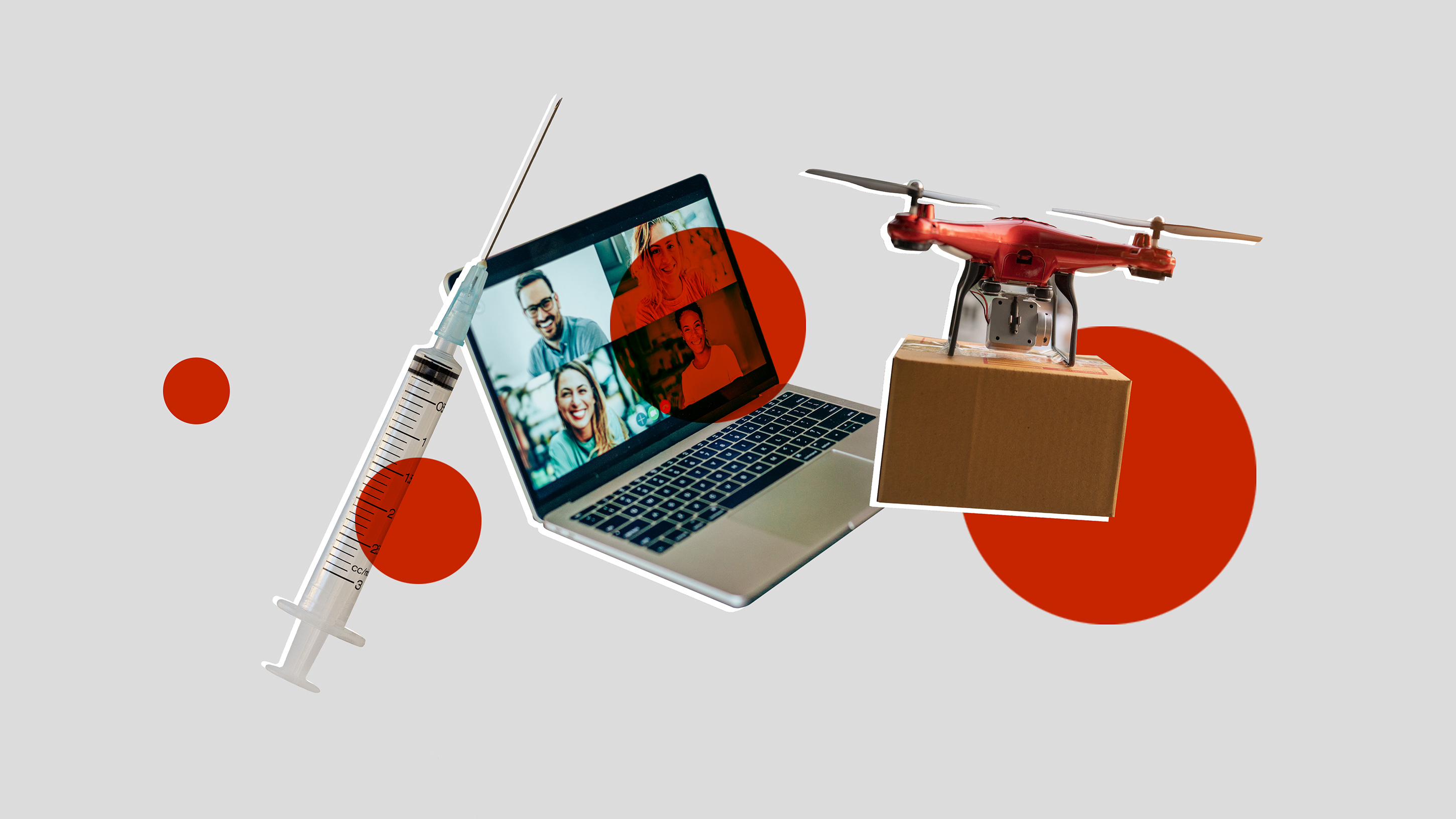Technology has advanced bionically in the 35 years that have passed since Steve Austin’s (very slow) leap onto our screens. How much would it cost today to make the Six Million Dollar Man? E&T has the answer.
“Steve Austin. Astronaut. A man who is barely living. Gentlemen, it is possible to rebuild him. We are able to create the first bionic human. We Have The Technology Steve Austin will be that man. He is better than ever before. Better. Stronger. Faster.”
These words will conjure up images of you running around the playground equipment in slow motion and humming a particular theme tune.

The ITV’s weekly ITV show, ‘Six Million Dollar Man’, was mandatory viewing between 1974-1979. Based on Martin Caidin’s novel Cyborg, its plot taps into the belief that medical science is rapidly improving and can be fixed by any doctor-engineer.
The opening titles tell you that astronaut Steve Austin’s moon landing vehicle crashed during a test flight. The US government spends $6 million to fix the starman and deploy the nuclear-powered technology of Dr Rudy Wells.
Steve’s new parts aren’t just better. His tin legs allow him to run at 60mph (always slo-mo). His artificial bicep allows him to throw bad guys into empty cardboard boxes. And his camera-powered eye can pick out the slightest hint of trouble.
We Have The Technology Argus II The Bionic Eye
The Argus II is the best choice for the bionic eyes. It is actually the artificial retina created by Second Sight, a California-based medical firm. Blind patients who were fitted with the device during clinical trials, some of which were conducted by a team from the Moorfields Eye Hospital (London), reported seeing areas of light and vague forms where there was previously only darkness.
Argus II was created to help people who have lost their sight because of retinal damage due to diseases like retinitis pigmentosa.

A surgeon attaches an electrode-studded array of cells to the retina using a microtack that is the same width as a human hair. The patient is then fitted with sunglasses that have a tiny transmitter and camera built-in. This transmitter and microprocessor are powered by a belt clip.
The action camera captures images and converts them into an electronic signal that is transmitted to an implanted receiver. The camera transmits the signals to an electrode array via a small cable, stimulating it to emit electric pulses.
These stimulate the retina to produce responses that travel through the optic nervous to the brain. The brain perceives patterns of light or dark spots that correspond to the electrodes stimulated.
We Have The Technology i-LIMB Bionic Hand
The i-LIMB is the world’s first fully-articulating, commercially-available bionic hand. Touch Bionics created it. It features an intuitive control system that uses traditional two-input myoelectric signals (muscle signals) to open and shut the fingers.
Hugh Gill, director for technology operations at Touch Bionics, said that patients fitted with the hand can move their fingers and can also use the index finger to touch keypads. He added that they can also hold the thumb onto the index finger to rotate keys and hold credit cards.

Because the voltage is proportional to the signal, a patient who makes small movements will experience a low voltage. The hand will then move slowly. The patient will feel the hand close faster if the impulse voltage is higher.
Ossur Power Knees Bionic Legs
Ossur, an international prosthetics company, is responsible for Oscar Pistorius’ famous Cheetah running knives. He won three Paralympic sprint golds and, even more impressive, a silver against able-bodied South African sprinters at the South African National championships.
Ossur has taken the power of prosthetics to the next level with their pioneering products, such as the Power Knee. The battery-powered motor not only replaces muscle power but also measures motion, velocity, and position of the sound leg. This feedback is provided to the processor. This allows the Power Knee’s to predict the motion of the prosthetic side before it goes on to the next step.

Richard Hirons, Ossur UK specialist prosthetist, says that ensuring power is applied correctly in the walking cycle was the most difficult challenge. Engineers had to make sure the device could adapt to different walking styles, on different surfaces, and was light and reliable.
Exoskeleton Bionic Strength
Even when he was carrying heavy weights, Steve Austin never faltered. All you need to match him is a powered exoskeleton.
Berkeley Bionics is the market leader in this area. This exoskeleton was developed by a US university spinoff company. We Have The Technology It consists of two powered anthropomorphic legs and a computer on board. The backpack-like frame can be used to carry weights that no human would be able to lift for very long.

Wearers can easily carry large loads with minimal effort, even over rough terrain. Computer analysis has allowed the exoskeleton to move in harmony with the insider.
Homayoon Kazerooni is the founder of Berkeley Bionics. “The design and construction of this exoskeleton really benefit from human intellect” he says. Over 40 sensors and hydraulic mechanisms act like a human nervous network, constantly calculating how much weight is being carried and creating a minimum load for the wearer.






